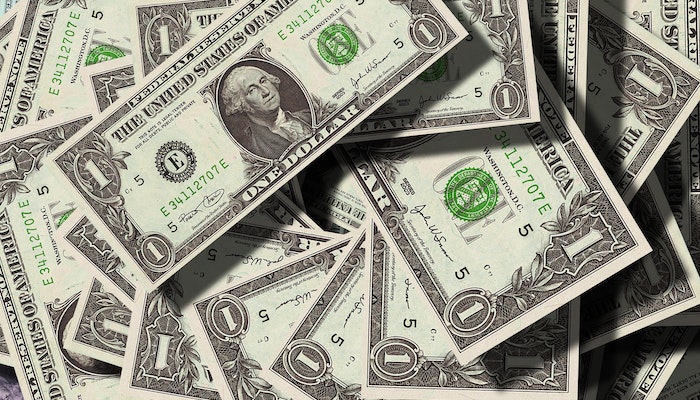Finance
US Inflation Forecasted to Drop by Mid-Next 2023

The Post-COVID economic rebound witnessed one of the largest growth in many decades for most countries. However, the period also set in motion a prolonged inflation period that has taken the intervention of central banks all over the world to control.
In the US, the Fed has been at the forefront of fighting the increased cost-of-living crisis that threatened to make people poorer. Currently, programs such as cutting the relief packages during COVID and increasing base rates have been the core tools to bring inflation down. While moves to curtail the rising cost of living are welcome by most people and businesses trying to understand how inflation affects the markets, the moves limit economic growth in the near short term. Fears are that the US economy might enter a recession.
Increased Commodity Prices
The COVID period witnessed a slump in good and service uptake not only in the US but also all over the world. The slump was due to the massive lockdowns that forced people to limit their movements outside, unlike before and even after the pandemic.
The same situation also happened to the food and energy demand in homes and industries. Slumps in the uptake of services and goods sparked businesses to cut their supply chains to meet the dwindling demand. However, during the gradual opening of economies after COVID, supply could not meet demand quickly enough—a situation that led to the rapid increase in the cost to buy goods and services.
Action by the FED
To reduce the rising cost of living, the Fed took swift action using economic levers it has tight control over—it started raising the base lending rates.
The Fed also targeted government bonds and some securities in the housing sector. A gradual unwinding of the securities meant that people having mortgages and businesses could not borrow easily at the banks. The move by the Fed gradually since early January has not only dampened the housing market by increasing the fixed rate of mortgages by double digits, but it has also pushed the governments to tread carefully on their spending pledges post-COVID.
Policies that discourage people from borrowing, owning a house, and governments from spending will surely lead to a slump in the economy somewhere in 2023. Further, employment will rise to about 5 percent.
Effect on Inflation
Admittedly, every economic lever and financial policy taken by the Fed reserve and the federal government has gone towards controlling the spiraling inflation.
So far, the moves already done by the Federal reserve will help deal with PCE inflation, which will average about 2 percent in the third quarter of 2023. At the same time, economic activities will also take a hit, falling from the current rate of about 3 percent to about 0.6 percent by late 2023. Effectively, inflation will ease in the middle of 2023 if the current market forces hold for long.
What to Expect In the Short and Long Term
While the moves to curtail inflation will bring gradual relief to the markets. The US economy will continue to suffer from both internal and external shocks. To start with, is the war in Ukraine, which is destabilizing the energy markets in Europe. In addition, the zero Covid policy in China is another area of concern, which has hampered the supply of goods and services.
If inflation does not go down soon, there is the risk of a price pressure and now even higher. That will mean workers will continue to ask for more money, and prices will continue to stay up. Such events might call for tougher approaches from the government to put in measures to control inflation.
Inflation may Taper in Months Ahead
The actions taken by respective central banks will bear fruit in late 2022 and increasingly affect the economic situation of 2023. Throughout the next year, inflation might not be as bad as it was in 2022. However, the prediction depends on both external and internal factors that shape the economies.



















































